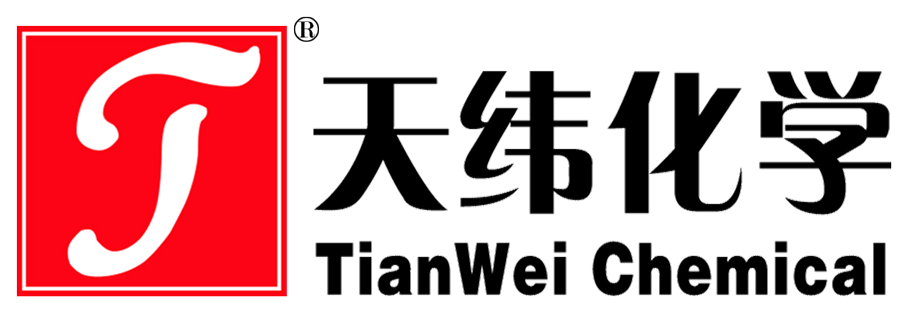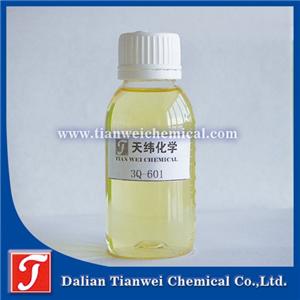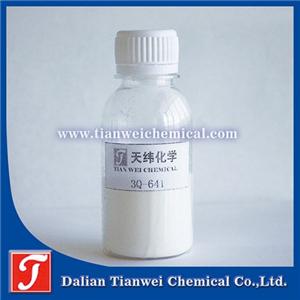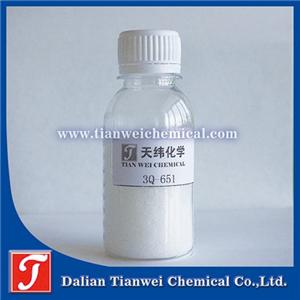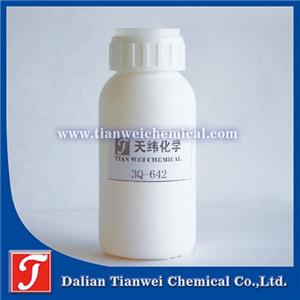Application analysis of antibacterial agent in polyester fiber
Antibacterial agent is a class of chemical substances that can inhibit or kill microorganisms (such as bacteria, fungi, viruses, etc.), widely used in medical, textile, home and other fields. According to their composition and mechanism of action, antimicrobials are mainly divided into the following three categories:
Inorganic antibacterial agent: mainly silver, copper, zinc and other metals or their ions, through the slow release of antibacterial ions, with long-term antibacterial effect. Typical representatives include silver ion antibacterial agents, nano zinc oxide and so on.
Organic antimicrobials: such as quaternary ammonium salts, halides, organotin, etc., play an antibacterial role by destroying bacterial cell membranes or interfering with their metabolic processes. The initial effect of this kind of antibacterial agent is remarkable, but the chemical stability is poor, and it is easily affected by heat, light, water and other factors.
Natural antimicrobials: antibacterial ingredients extracted from plants and animals, such as chitosan, sabinol, plant essential oils, etc. Natural antibacterial agents have the advantages of good biocompatibility, non-toxic side effects, but the antibacterial effect may vary with different extraction processes.
Application method of antibacterial agent in polyester fiber
Blending silk process
Before spinning the polyester melt, a certain amount of antibacterial agent (such as inorganic antibacterial agent powder) is added to the polymer, and the antibacterial agent is evenly dispersed through the blending equipment, and then conventional spinning is carried out. This method has high flexibility, but it requires high thermal stability, dispersibility and compatibility with polyester.
Composite spinning method
The polyester slices containing antibacterial components are combined with ordinary polyester slices by a twin-screw extruder to form fibers with special structures (such as skin core type and parallel type). This method can reduce the amount of antibacterial agent and maintain excellent antibacterial effect at the same time, but there are problems of difficulty and high cost in the processing of spinneret.
Post-treatment modification
In the printing, dyeing and finishing process of polyester fibers or fabrics, a solution containing antibacterial agents is used for dipping, dipping or coating treatment. This method is simple to operate and suitable for all kinds of textiles, but the antibacterial agent is mainly attached to the fiber surface, and the antibacterial effect may be weakened after repeated washing.
Grafting modification method
By chemical reaction, groups with antibacterial function (such as quaternary ammonium salt groups) are grafted to the surface of polyester fiber to form a durable antibacterial layer. This method can significantly improve the antimicrobial durability, but the process is complicated and the control of butt conditions is required.
In-situ polymerization
In the process of polyester polymerization, antibacterial agent is added directly to make it evenly dispersed in the polymerization system, and then the antibacterial fiber is prepared by melt spinning. This method can ensure the full contact between the antibacterial agent and the substrate, but may affect the physical properties and spinnability of the polyester.
Advantages of antibacterial polyester
Durability: Polyester fiber itself has high strength, acid and alkali resistance, light resistance and other excellent properties, modified antibacterial polyester fiber on the basis of maintaining the original performance, increase the lasting antibacterial function.
Safety: Inorganic antimicrobials (such as silver ions) and natural antimicrobials (such as chitosan) have the characteristics of low toxicity, no irritation, and are friendly to the human body and the environment.
Wide applicability: Antibacterial polyester fiber can be used in medical, household, industrial and other fields to meet the antibacterial needs of different scenarios.
Practical application case
Medical textile
Surgical clothes and masks: Polyester fiber after antibacterial treatment can effectively inhibit the growth of pathogenic bacteria and reduce the risk of cross infection.
Medical bed sheets and mattresses: reduce the growth of bacteria and provide a safer and hygienic medical environment for patients.
Home textiles
Antibacterial underwear: inhibit the reproduction of bacteria through sweat and secretions, and keep the close-fitting clothes clean and comfortable.
Antibacterial shoes and socks: prevent foot bacteria from multiplying and reduce foot odor problems.
Technical textile
Vehicle interior decoration: such as antibacterial seats, curtains, etc., to reduce the growth of bacteria and ensure public health safety.
Public place supplies: such as hotel bedding, hospital curtains, etc., to reduce the risk of cross infection.
The application of antibacterial agent in polyester fiber not only endows the fiber with long-lasting antibacterial function, but also expands its application field. Through different application methods, it can meet the antibacterial needs of medical, household, industrial and other scenarios. With the continuous progress of material science, antibacterial polyester fiber will play an important role in more fields, bringing more convenience and security to people's lives.
